Sonia Gandhi
Co-PI (Core Leadership)
University College London
Sonia is a Professor of Neurology at UCL, and a Group Leader at The Francis Crick Institute. She studied the role of PINK1 in autosomal recessive Parkinson’s during her PhD, and subsequently established her own laboratory studying the effects of alpha-synuclein oligomerisation in neurons. Her work focuses on the interaction between protein aggregation and mitochondrial dysfunction in human neurons.
Recent ASAP Preprints & Published Papers
RASP: Optimal single fluorescent puncta detection in complex cellular backgrounds
Protein aggregation and calcium dysregulation are the earliest hallmarks of synucleinopathy in human midbrain dopaminergic neurons





